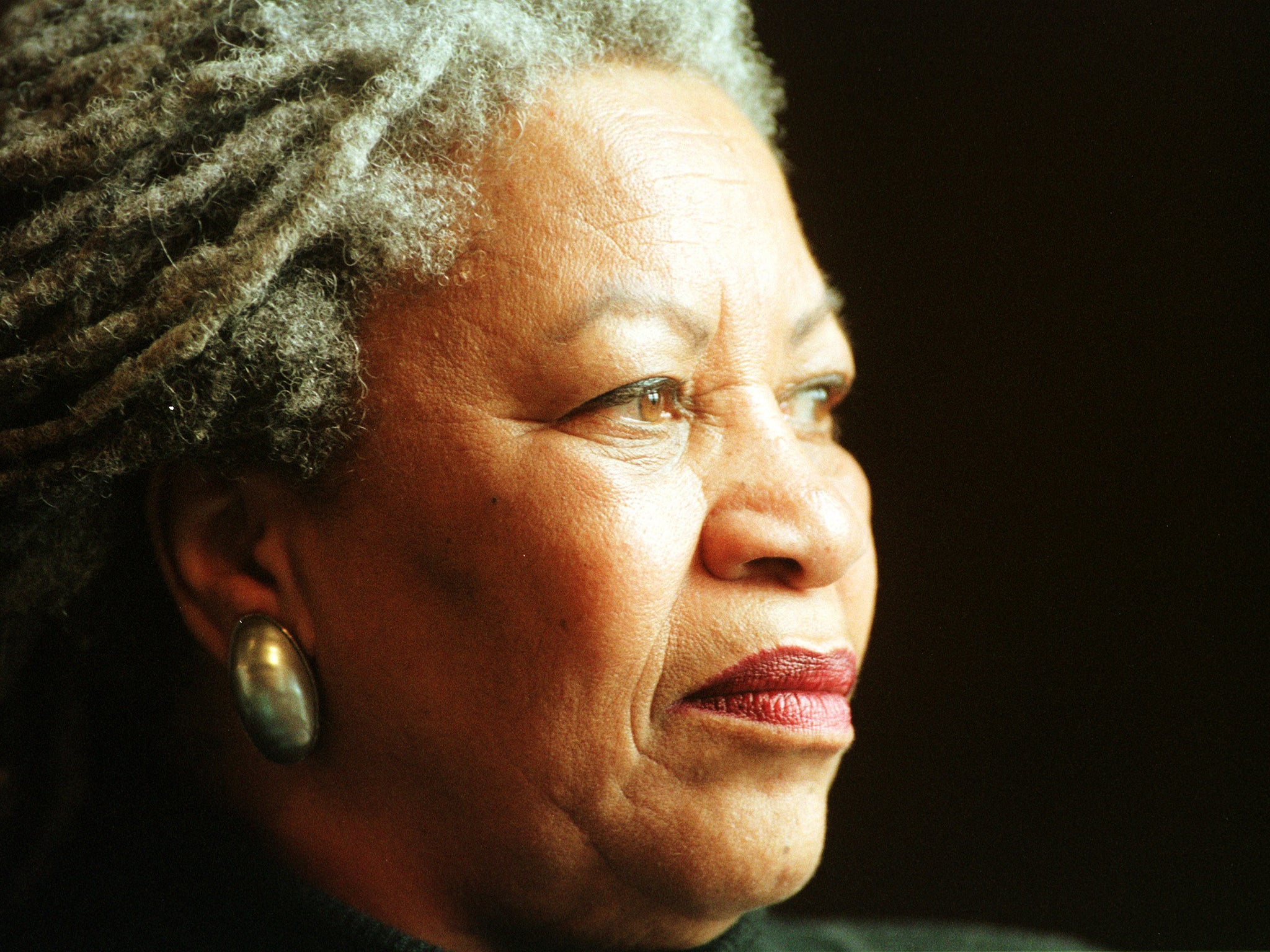God Help the Child by Toni Morrison - book review: The tyranny of memory can make a destructive adversary

Toni Morrison’s novels have become more svelte and directly focused over the years, although thematically God Help the Child takes us right back to Song of Solomon (1977) and the Pulitzer prize-winning Beloved (1987).
Morrison’s characters are always clearly shaped by the past, whether that means the experiences they had as children or the history of the family which is usually traceable back to slavery and its aftermath.
Toni Morrison’s novelistic world is characteristically very distinctive too. Everything bumps along with gritty, often painful realism until she introduces a murdered child come back from the dead in adult form (Beloved) or a navel-less woman (Song of Solomon) and suddenly we’re in a quite different, quasi-fantastical sort of novel.
Here in God Help the Child the surreal element is a woman who reverts to her childhood body overnight, losing her breasts, pubic hair and much of her size and body weight – or, maybe, imagines she does.
Morrison deliberately makes the physical reality vague and leaves you wondering. Light skinned Sweetness is horrified when Lula Ann, later to call herself Bride, is born. The child is ebony black. It leads to the break up of Sweetness’s marriage and life-long resentment for a child whose pigmentation is clearly just a quirky genetic throwback.
Morrison uses it to show just how much colour and its details matter to some black people. Sweetness is proud that some of her relatives could have “passed” for white. Prejudice and twisted values are not the exclusive province of white people.
Centuries of oppression have conditioned them into some black people too. Sweetness’s nicely observed, sometimes guilty, sometimes self-justificatory thoughts open the novel and continue as a presence, both in Bride’s thinking and personality and in the reader’s consciousness of what has formed the main character.
Having a mother unable to give unconditional love to her own child – and being treated throughout childhood with shame and contempt – leads Bride to some appalling, approval-seeking behaviour of her own, although we don’t learn the precise details until the end of the novel. At the outset, in adult life she co-manages a small, successful cosmetics business with her close friend Brooklyn and drives a Jaguar.
She also has – or has had – a boyfriend, Booker, she’s fairly happy with. But something very big from her past is nagging her. “Memory is the worst thing about healing”, she comments.
Then she tries to contact a frightened, angry, wary female prisoner, Sofia Huxley, who has just completed a long sentence. Bride’s help is rejected. Morrison drip-feeds information and ratchets up the tension as we gradually piece together why Bride is seeking out Sofia and why both women feel as they do.
And as the novel opens Booker – a very private person whose past Bride has respected – walks out on her, declaring that she is not the woman he wants, a phrase which haunts her thereafter. Rejection and its effects run through this novel like a dark thread.
At the heart of this moving novel is a traditional quest in which Bride, like Macon Dead in Song of Solomon, goes on an ultimately and, literally, asset-stripping journey to find her real self and some peace of mind. In Bride’s case it involves amnesia and a beautifully depicted backwoods, retro-hippy (white) family who take her in and help to build in her some faith in human nature.
Their curious, thoughtful, wistful adopted daughter Rain, who now gets all the parental love Bride’s own childhood lacked, is one of the most attractive things in the novel. Fascinated by Bride’s apparent exotic glamour, she longs for someone to talk to properly about her own troubled past.
Meanwhile Morrison is building up the missing Booker’s character and background which is, in a different way, as powerful and tragic as Bride’s. Like most of the rest of Morrison’s cast of characters he is “knowing all about how childhood cuts festered and never scabbed over”. The message is clearly that you can know no one until you know about his or her childhood. But the veteran novelist is no pessimist and there’s a note of hope at the end.
A complex novel which packs a great deal into its 180 pages, God Help the Child is a compelling example of what you can achieve with skilled and sophisticated use of multiple narrators interspersed with third person sections. When she wants to be, Morrison herself is the omniscient third-person narrator able to skate effortlessly and invisibly among people, places and situations.
At other times she gives Sweetness, Bride, Brooklyn, Sofia and others a very clear voice of their own. In less experienced hands it might be clumsy. Here it comes off beautifully, like a Picasso painting telling a story in a multi-dimensional series of superimposed snapshots as each character becomes ever more rounded and complete.
Chatto and Windus £14.99
Subscribe to Independent Premium to bookmark this article
Want to bookmark your favourite articles and stories to read or reference later? Start your Independent Premium subscription today.

Join our commenting forum
Join thought-provoking conversations, follow other Independent readers and see their replies